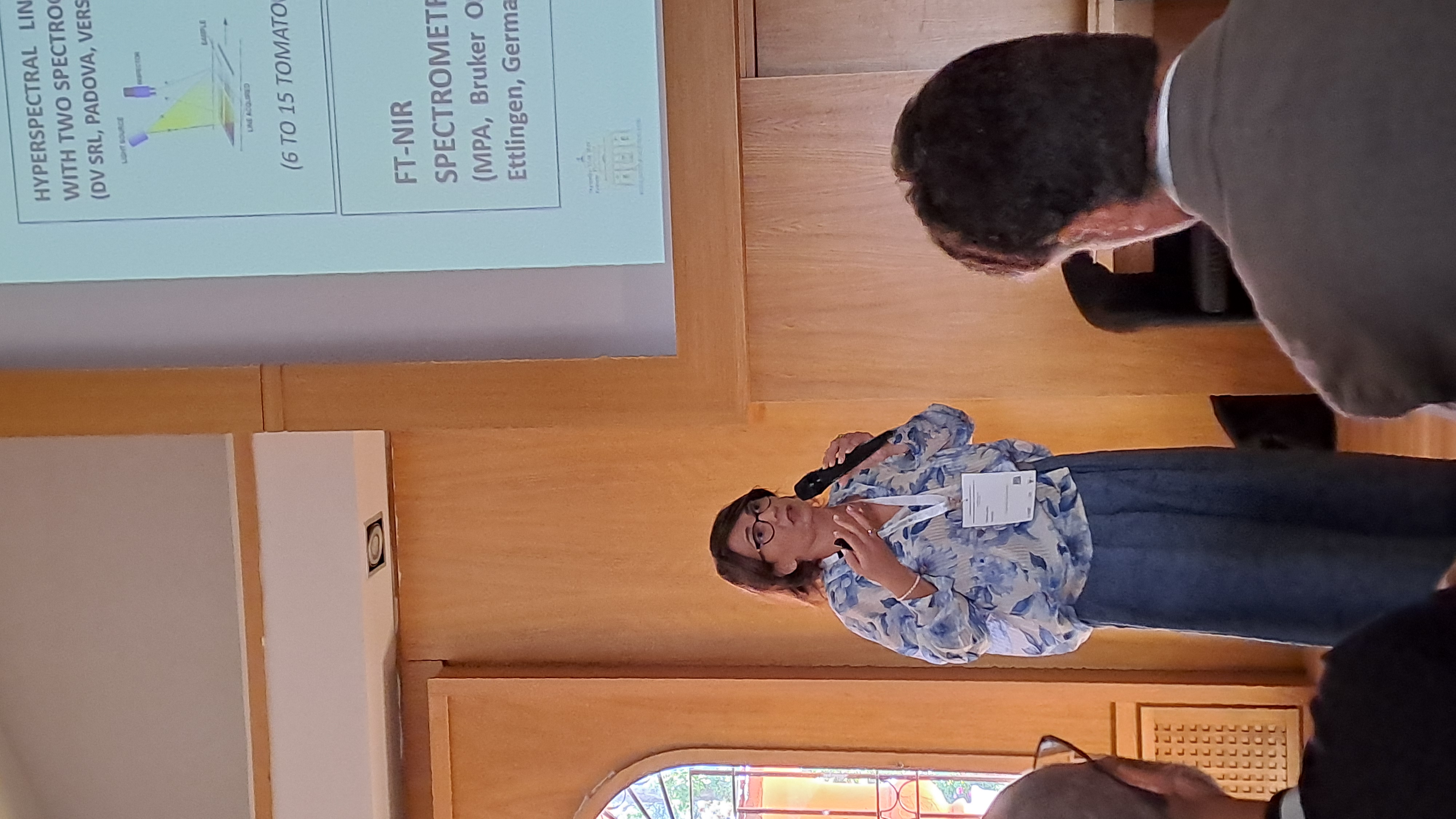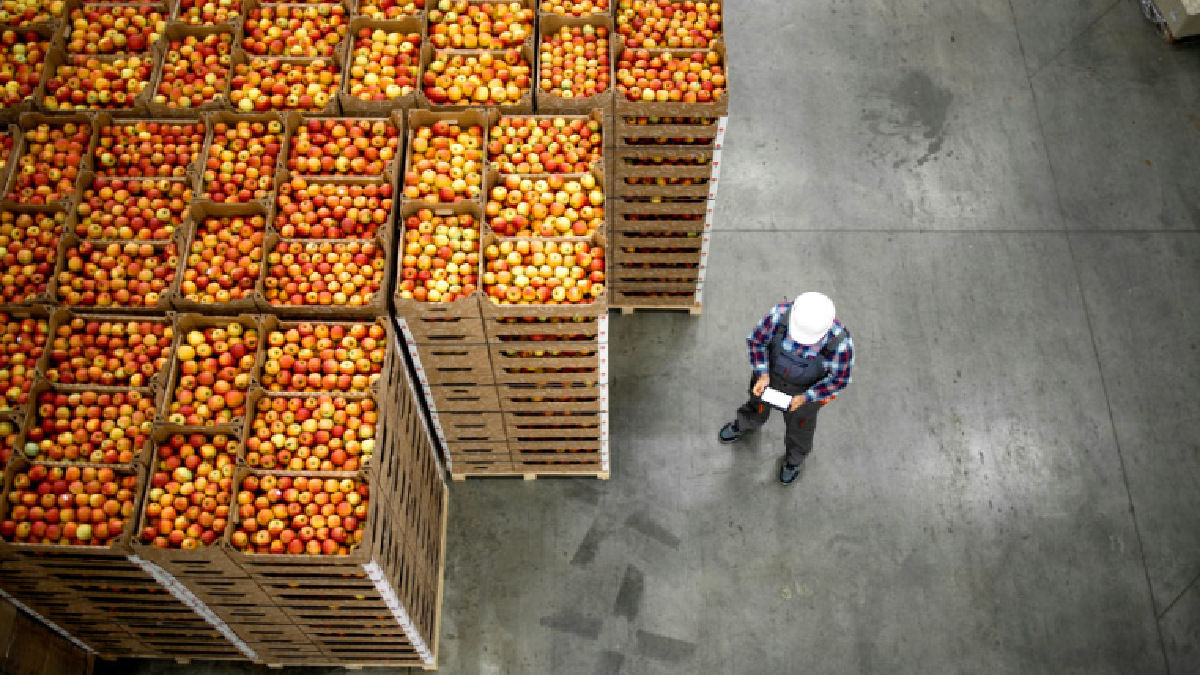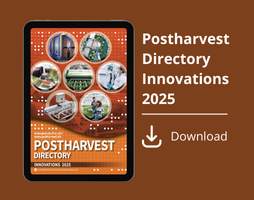News
More accuracy with FT-NIR data to predict chemical components in intact tomatoes
Ma. Luisa Amodio, Università di Foggia, explained during PostharvestMED that models constructed on FT-NIR data with selected ranges demonstrated superior accuracy and robustness in prediction compared to models obtained using hyperspectral imaging

Redaccion
This study investigated the efficacy of non-destructive optical techniques, specifically hyperspectral imaging (HSI) and Fourier Transform (FT)-NIR spectroscopy, for the non-destructive prediction of internal quality constituents of hydroponically grown tomatoes.
To scale up the experiment, three distinct hydroponic growing techniques, varying in water and fertilizer use, were implemented across two cultivation cycles for two tomato varieties (cv 'Carminio' and cv 'Mose').
Hyperspectral images (HSI) in the Vis-NIR and NIR range, along with reflectance spectra obtained through Fourier Transform (FT)-NIR spectroscopy, were acquired throughout the harvesting period, on approximately 250 tomatoes at different maturity stages. Internal composition of individual fruit in terms of total soluble solid content (TSS), pH, total titratable acidity (TA), L-ascorbic acid (AA), and vitamin C (VC) was assessed.
Predictive models for each quality attribute were developed using Partial Least Squares Regression Analysis (PLSR) (Geladi and Kowalski, 1986; Sijmen Jong, 1993) applied to HSI (Vis-NIR and NIR) and FT-NIR spectrometer spectra.

Dr. Amodio during the presentation
Results
Models constructed on FT-NIR data with selected ranges demonstrated superior accuracy and robustness in prediction (R2 of 0.96, 0.93, 0.89, 0.81, 0.83 for
pH, TSS, TA, AA, VC, respectively) compared to models obtained using hyperspectral imaging.
These findings demonstrate the potential FT-NIR spectroscopy in predicting chemical components in intact tomatoes.
Notably, our results for Vitamin C content exceeded reported literature values, while other components, such as TSS, showed similar or better trends, considering experimental conditions and inherent variability.
Furthermore, concentration maps generated through hyperspectral imaging
provided spatial maps of quality attributes, such as TSS, across individual fruits, enabling a more detailed understanding of intra-fruit maturity variations. These advanced technologies offer potential benefits in quality assessment and grading processes, leading to enhanced product selection and
reduced waste.
Sources
Spectral techniques for non-destructive prediction of internal constituents of tomatoes
Fazayeli H., Fatchurrahman D., Maria Luisa Amodio, Colelli G.
PostharvestMED, 9th National Conference of the SOI Working Group on Postharvest Management of Mediterranean Crops, 17-19 September 2025, Palermo, Italy, https://www.postharvestmed.com
Main picture, Felix Instruments, What Are Tomato Harvest Maturity Indices and Are They Crucial?












